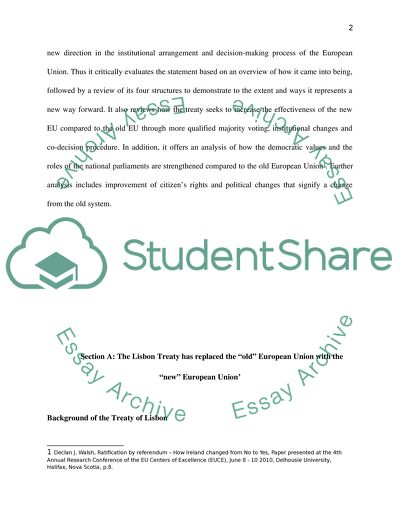Cite this document
(“'The Lisbon Treaty has replaced the old European Union with the new Essay”, n.d.)
Retrieved from https://studentshare.org/law/1470237-the-lisbon-treaty-has-replaced-the-old-european-union-with-the-new-european-union-schtze-2012-criticall
Retrieved from https://studentshare.org/law/1470237-the-lisbon-treaty-has-replaced-the-old-european-union-with-the-new-european-union-schtze-2012-criticall
('The Lisbon Treaty Has Replaced the Old European Union With the New Essay)
https://studentshare.org/law/1470237-the-lisbon-treaty-has-replaced-the-old-european-union-with-the-new-european-union-schtze-2012-criticall.
https://studentshare.org/law/1470237-the-lisbon-treaty-has-replaced-the-old-european-union-with-the-new-european-union-schtze-2012-criticall.
“'The Lisbon Treaty Has Replaced the Old European Union With the New Essay”, n.d. https://studentshare.org/law/1470237-the-lisbon-treaty-has-replaced-the-old-european-union-with-the-new-european-union-schtze-2012-criticall.


